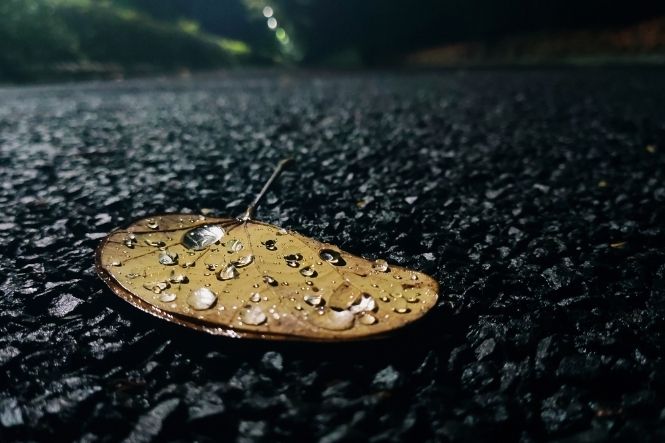We often get asked about what the best resin grout is to use for slurry jointing a block paving driveway. Whilst we don’t sell any materials directly, it’s useful to know the pros and cons of different products so you can make an informed decision when choosing your own resins and additives.
Slurry grouting on a block paving driveway has its pros and cons. The main method of slurry grouting, with a wetter mortar mix than usual, has been covered in another article (see Jointing Block Driveways With Slurry). Here we cover slurry jointing that’s mixed on site using resin-based grouts.
Table of Contents
Comparison of Jointing Methods
Many of the methods are too complex to bother with on a domestic driveway and Brushed-In Loose Jointing or trowelled-in mortar is easier. But if your driveway is relatively long or wide and the paving isn’t particularly regular, a slurry mix can be quicker and give a more uniform appearance. It is also stronger than brushed in loose jointing and more flexible than traditionally applied mortar.
Slurry jointing with resins is a method that’s more associated with commercial contractors. But there are now equipment and resin packs that make it accessible to the domestic DIY driveway market.
But it is crucial to make sure that the paving blocks that you are grouting will take the application of a slurry mix. The mix may stick to some paving materials or leave an ugly residue so check the manufacturers’ instructions carefully, on both the resin mix and the paving.
Equipment for Slurry Jointing
You will need to hire a professional agitator or mixer, which is like an electric kitchen whisk on steroids, or a cement mixer. The agitator is easier to transport but you need a very large bucket or plastic dustbin to mix the slurry in. Sometimes the plastic pails that the resin packs come in will do the job but don’t rely on it, get the resin in first to find out if that’s going to work.
You’ll also need a soft broom and squeegees. Here we’re talking about massive squeegees, three feet long on a broom handle, not the sort you clean windows with. You should be able to get these from a hire shop but if not they aren’t that expensive to buy.
Mixing Resin Mortar
Mixing instructions will vary so make sure that you read the instructions carefully. The main difference is that some resins are two-part, a powder and a liquid, and others just one part. The resin is added to a filler, usually sand.
Proper mixing is crucial. Many manufacturers will specify a minimum mixing time and specific quantities of water (if any) to be added. Make sure you get into the corners of the pail as well.
Application Over the Paving
It should go without saying that the surface should be clean as well, so brush it all properly before starting. Some products require the paving surface to be wetted before application and a garden hose is sufficient for this.
Pour the mixture over the paving area, moving slowly across the area and pouring slowly too, don’t let it gush out in one area. Use the mighty squeegees to spread the resin mix all over the driveway, pushing it into the cracks between the paving slabs or blocks.
Second Pass
After the first pass the resin grout will settle in places so go back over it once more and top up where the joints aren’t properly filled, again using the squeegees to spread and fill joints. This needs to be done very quickly though, as resin-based grout will begin to go off within minutes, although it usually takes an hour or so to set completely.
After a few minutes (check with the instructions for the exact time) the cleanup process can begin. Use a hose or jet wash to clean the surface of surplus slurry, then follow up with the soft broom to get rid of any sand from the paving surface before it sticks.
Then You’re Done
And that’s it. Although it hardens very quickly it’s wise to stop people walking on the driveway surface for a day or so and keep vehicles off it for four or five days. There is often a clear matt residue left on the surface but this should disappear naturally in time.
Conclusion
With the benefits of slurry jointing, it is not surprising that many people are looking to do this themselves. The instructions for mixing and applying resin mortars vary depending on what materials you use, so be sure to read them carefully. It may also take some time to get used to handling these large squeegees effectively in order to spread the mixture properly over your driveway surface with a second pass. Be careful about using too much water or letting children walk on the area as it will harden very quickly! If all goes well, after another day without vehicles or foot traffic, there should only be a clear residue left behind which will disappear naturally in time.

